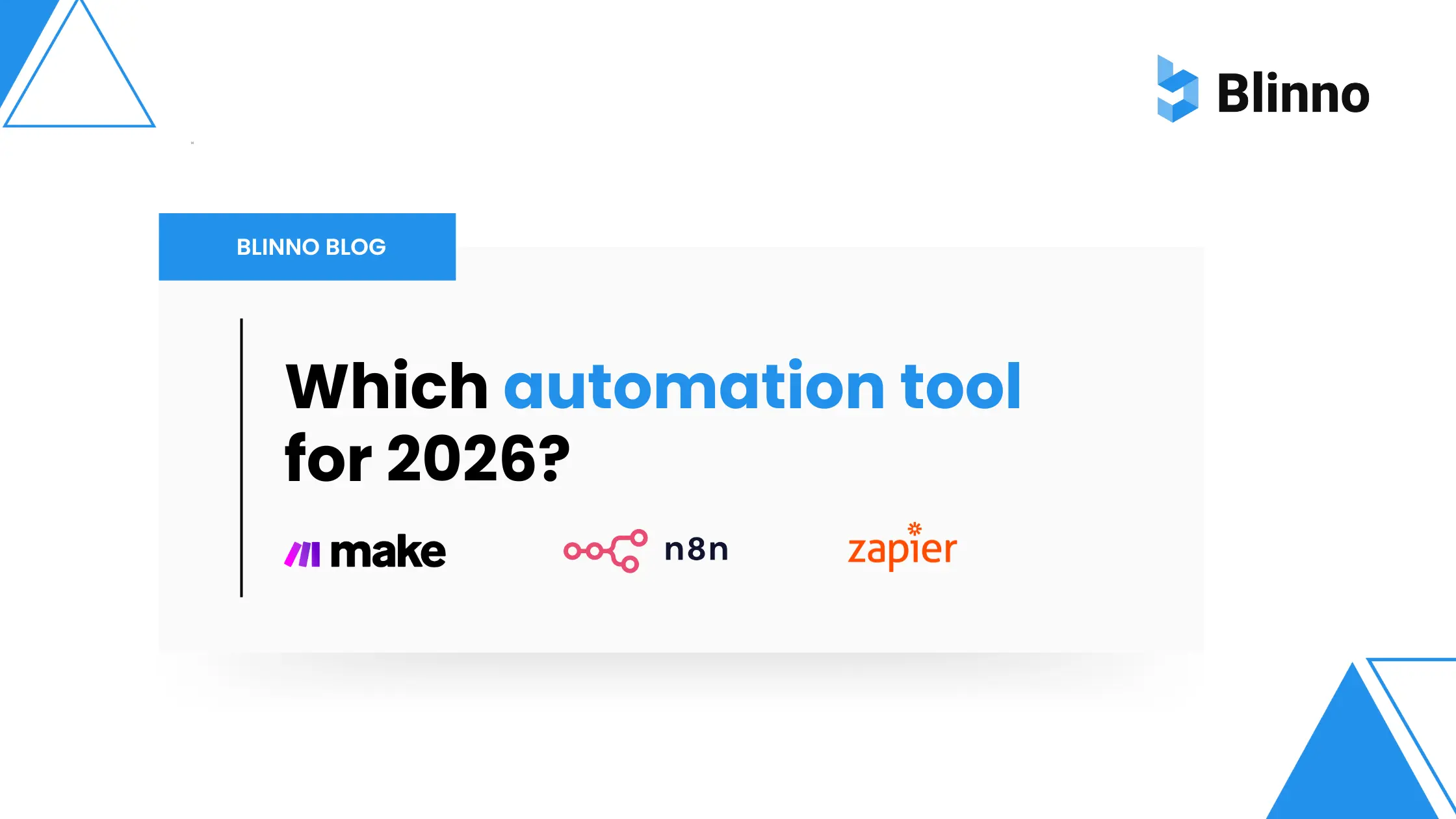This is where no-code and low-code developments come into play. These software development methods enable companies to build applications and websites without programming knowledge. This can save companies a lot of time and money and enable them to bring their ideas to market faster.
What are no-code and low-code platforms?
No-code and low-code platforms are tools that enable the creation of software applications without extensive programming knowledge. No-code platforms are usually drag-and-drop environments that require virtually no programming, making them accessible even to non-tech-savvy users. Low-code platforms, on the other hand, require minimal programming, which speeds up the development process for professional developers.
Learn more about no-code and low-code in this blog post.
Our no-code tools
We have a wide range of no-code tools that enable you to maximize productivity in your workspace in less time and with fewer resources. Discover all our tools on our site and get inspired.
But how exactly can no-code and low-code developments help companies save time and money?
The following are some of the benefits:
Lower development costs:
Traditional software development can be a very costly process as it requires hiring experienced developers and paying for expensive software licenses. No-code and low-code tools, on the other hand, can significantly reduce these costs, as they require no programming knowledge and the tools are usually cheaper.
Increased agility:
No-code and low-code tools enable companies to develop applications and websites much faster than with traditional methods. This is because no-code tools provide intuitive visual interfaces that make it easy to build applications without programming.
Faster time to market:
By reducing development costs and increasing agility, no-code and low-code tools can help companies bring their ideas to market faster. This gives them a competitive advantage and enables them to take advantage of new opportunities earlier than their competitors.
Greater flexibility:
No-code and low-code tools enable companies to change their applications and websites more easily and frequently. This is because no-code tools provide intuitive interfaces that make it easy to change the code without deep technical knowledge.
Employee empowerment:
No-code and low-code developments enable employees from all areas of the company to create their own applications and websites. This can improve collaboration and innovation and free up developers for more complex tasks.
In general, no-code and low-code tools can be valuable tools for companies of all sizes. They can help companies save time and money, increase agility, and get their ideas to market faster. If you're looking for ways to improve efficiency and competitiveness, then you're definitely on the right track with no-code and low-code tools.
Case studies and success stories
Numerous companies, from start-ups to global corporations, have successfully integrated no-code and low-code solutions. One example of this is the use case of the Canton of Zurich.
In an effort to streamline their administrative processes and improve the provision of public services, an authority in the Canton of Zurich commissioned us to clearly present and evaluate the data on their projects, orders and certifications from external companies. Our solution focused on implementing monday.com in combination with Make, a platform for data management and evaluation.
By implementing monday.com, a specific structure for data management was developed and an interface to the internal project management tool was created, which enables comprehensive evaluation. In order to ensure smooth work for the Canton of Zurich, we continue to support the department in ongoing operations even after the project has been completed and continuously implement improvements.





.svg)